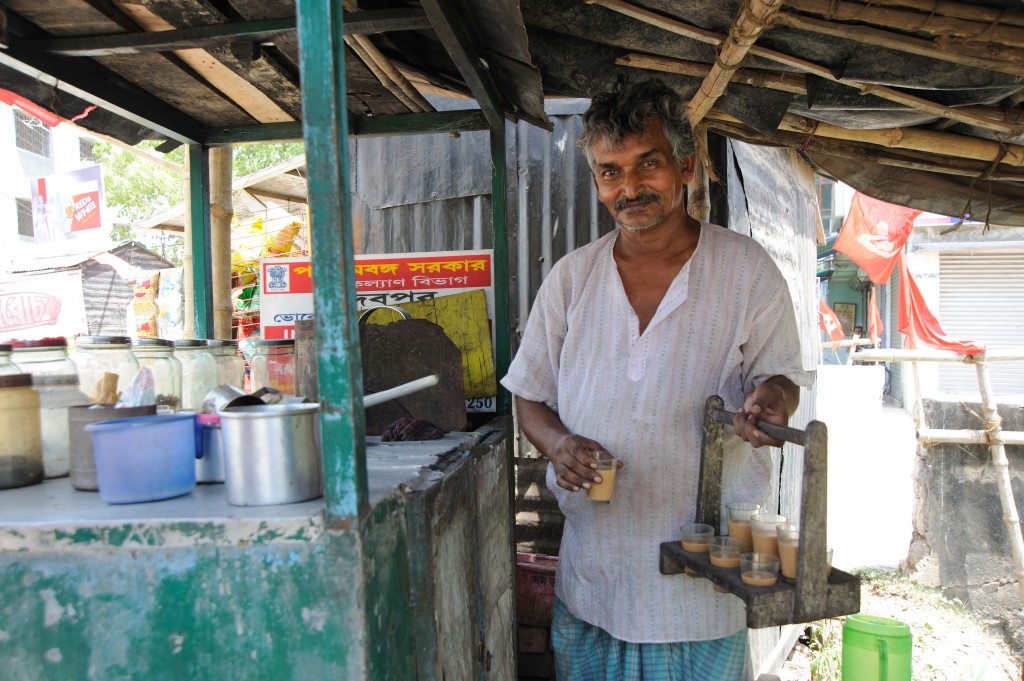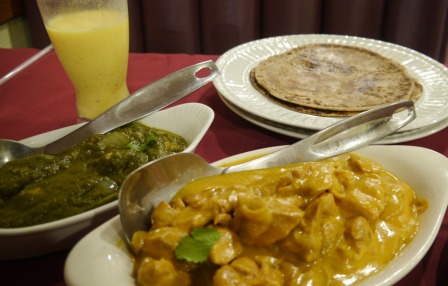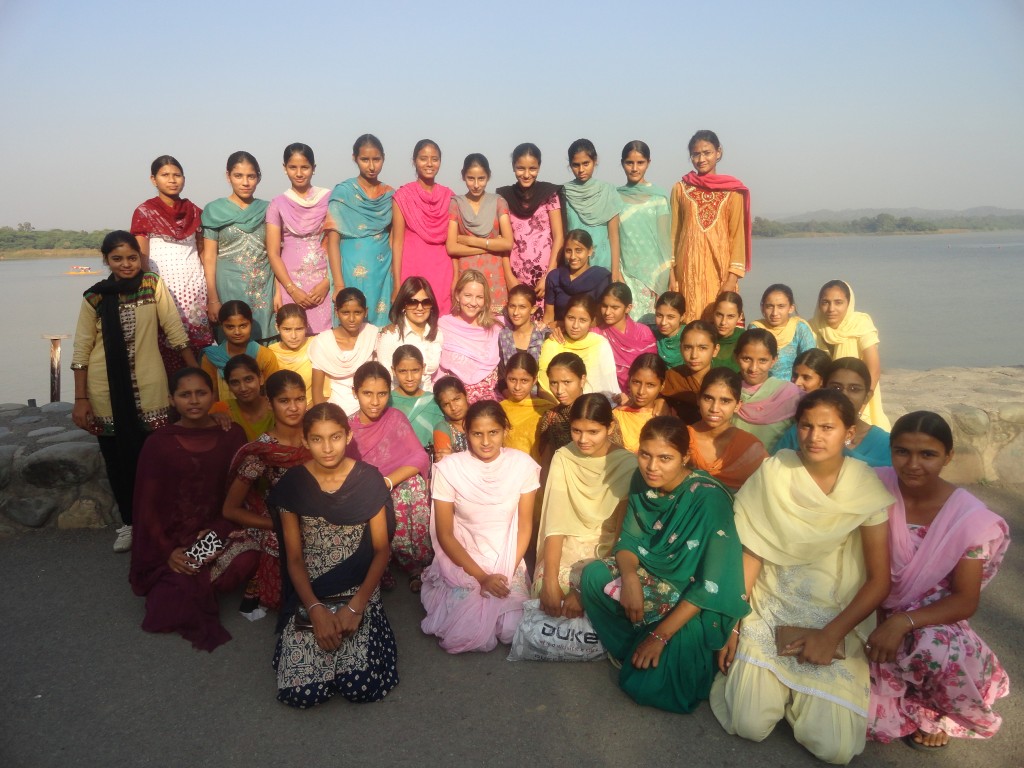The first visit to Asia is always the most memorable. All of your senses will be blasted the moment you get off the airplane and arrive in the land of a billion plus people. Each year, I take a group of travelers for a cultural and volunteer journey to North India, where they first hand experience authentic food, people and projects. Here are some tips I have put together for the first time travelers to north India to help them mentally prepare for an experience of a lifetime!
1. Follow the chaos – One of the first impressions people have in India is of having little to no personal space as there are people everywhere. You will see hundreds of people, cows, dogs, cars, cycles, motorbikes, pushcarts – all sharing the same streets. The smells, sounds and sights can be overwhelming for the first time visitor, but one gets accustomed to it. Often times, you will be in small spaces with lots of people, thinking there is a fire hazard. Also, there is no custom of forming lines or taking turns anywhere. My advise – follow the chaos, or wait forever.
2. Dress conservatively – Someone once told me, “I don’t tell Indians how to dress when they come to the US, so why are they telling me what to wear in India.” Blending in with the locals in any part of the world would not only attract less attention, it would also give you respect. Remember that as a foreigner who looks different from everyone else, you already draw some attention. On top of that, you don’t want to wear shorts, mini skirts, baseball hats and stand out more. While big cities in India are more tolerable with their attire, North India (New Delhi, Punjab, etc.) demand a more conservative approach.
3. Eat everything – Food is a very important part of Indian culture. You will be served chai (tea), soda or water at shops, offices, homes, etc. often accompanied by a small snack. It is impolite to decline food or drinks offered by your host, no matter what time of the day. Even if you are not hungry, you have to accept it, thank them and at least take a bite. If someone invited you for dinner or a visit, they will make sure you eat until you cannot move, offering second and third helpings of food. Saying no means you didn’t care for the food and an insult to the chef.
3. Ignore the beggars and street peddlers – This is hard to do as you may have never seen such adjunct poverty before. Indian streets are full of beggars and it is very difficult to look away from the innocent kids asking for pennies or trying to sell boxes of tissues so they can feed their younger siblings. How these kids come to work on streets and if supporting them is ethical, is a topic of controversy. As a tourist, it is better not to indulge in giving alms on streets as it would result in hundreds of more people surrounding you.
4. There is no fixed price – Haggling is part of the shopping experience and very few shops offer fixed prices. This would comprise of high end boutiques or shopping malls. Everywhere else, you will be quoted a price based on how you look and speak (tourist trap). The general rule is to offer 1/3 off the quoted price and settle in the middle. You will see that no two people walk away from a store paying the same for the exact same item.
5. Partake in the gift change culture – In India, it is customary to bring a hostess gift when visiting anyone’s place (whether for a meal or not), such as sweets, cakes, flowers or gifts. Although everything is now available for sale in India, the locals still appreciate items brought from abroad. If you take a small gift such as souvenirs, chocolates, make up, toys, clothes, etc. for your hosts, maids, drivers, etc., they would appreciate it more than cash. Often times, your host will give you gifts as well, simply for visiting their home in India.
6. Act like a celebrity – If you have fair complexion, blonde hair or light eyes, prepare for a lot of stares, especially from kids. They will look at you as a specimen they have not seen before, and may approach you with curiosity. Be friendly and smile back, acting like a well mannered celebrity. And don’t be surprised if an entire class of high school students, along with their teachers, want to take photos with you as the centerpiece.
7. Keep the clock, lose the time – Concept of time in India is different from what we are use to in the West. If someone says they will see you at 9am that does not mean at that exact time. You never show up for a party until 1-2 hours after the invited time. Flight, buses and trains mostly stick to the schedule, so don’t be late for them.
8. Respect everyone – In Indian society, we hardly address people by their names, unless its a professional environment. Anyone elder to you is your “aunty” or “uncle”, anyone around the same age as you is a “bhaiya” brother or “didi” sister. An older person can call a younger person by first name or “beta” son or “beti” daughter. This approach follows though daily interactions in shops, restaurants, homes, etc.
The tips mentioned above are not meant to be “rules” that you must follow, but suggestions that would significantly improve your experience during your travels.



